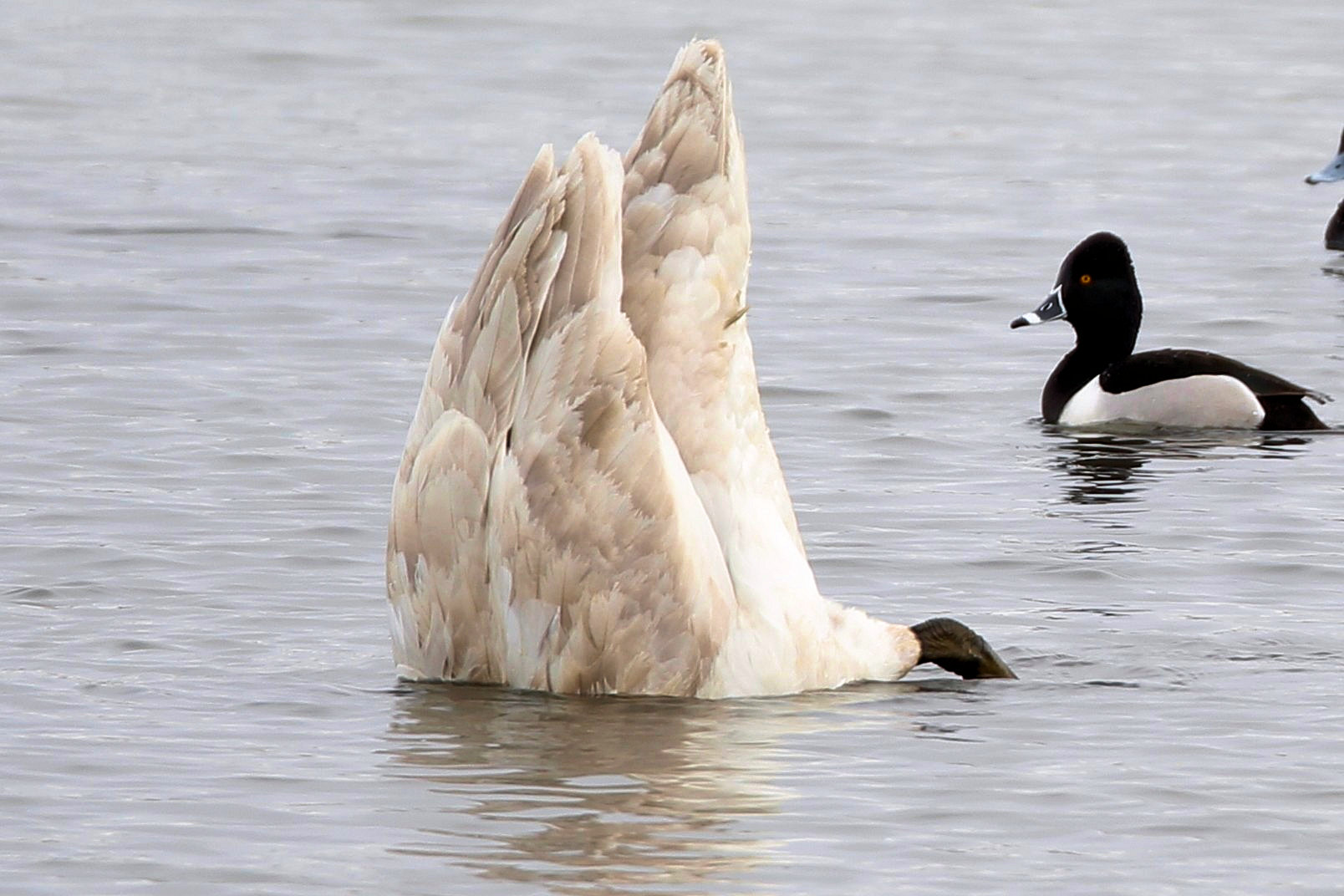Following on from last week’s look at the most intelligent breed (Border Collie), this week we are going to have a look at the big guys. The largest recognized breed is the English Mastiff, sometimes referred to simply as “the Mastiff”.
With a massive body, broad skull and head of generally square appearance, it is the largest dog breed in terms of mass. It is on average slightly heavier than the Saint Bernard, although there is a considerable mass overlap between these two breeds. Though the Irish Wolfhound and Great Dane can be more than six inches taller, they are not nearly as robust.
The Mastiff’s body is large with great depth and breadth, especially between the forelegs—which causes these to be set wide apart. The length of the body taken from the point of the shoulder to the point of the buttock is greater than the height at the withers. The AKC standard height (per their website) for this breed is 30 inches (76 cm) at the shoulder for males and 27.5 inches (70 cm) (minimum) at the shoulder for females. A typical male can weigh 150–250 pounds (68–113 kg), a typical female can weigh 120–200 pounds (54–91 kg), with very large individuals reaching 300 pounds (140 kg) or more. The greatest weight ever recorded for a dog, 343 pounds (155.6 kg), was that of a Mastiff from England named Aicama Zorba of La Susa.
Sydenham Edwards wrote in 1800 in the Cynographia Britannica: “What the Lion is to the Cat the Mastiff is to the Dog, the noblest of the family; he stands alone, and all others sink before him. His courage does not exceed his temper and generosity, and in attachment he equals the kindest of his race. His docility is perfect; the teazing of the smaller kinds will hardly provoke him to resent, and I have seen him down with his paw the Terrier or cur that has bit him, without offering further injury. In a family he will permit the children to play with him, and suffer all their little pranks without offence.”
Domesticated Mastiffs are powerful yet gentle and loyal dogs, but due to their physical size and need for space, are best suited for country or suburban life.
The colours of the Mastiff coat are essentially fawn or apricot, or those colours as a base for black brindle. A black mask should occur in all cases. The fawn is generally a light “silver” shade, but may range up to a golden yellow.
I’m pleased to say that Community Therapy Dogs has a Mastiff (be it Italian Mastiff) in our program. His name is Duke and he has become a “huge” (pun intended) hit at Indus School where, with his owners Michelle and Paul, he helps kids with their reading skills through the Listening Tails program.
You may be nervous and/or admiring when you first come across a Mastiff because of the size but these dogs are nature’s gentle giants and should be treated as such.







